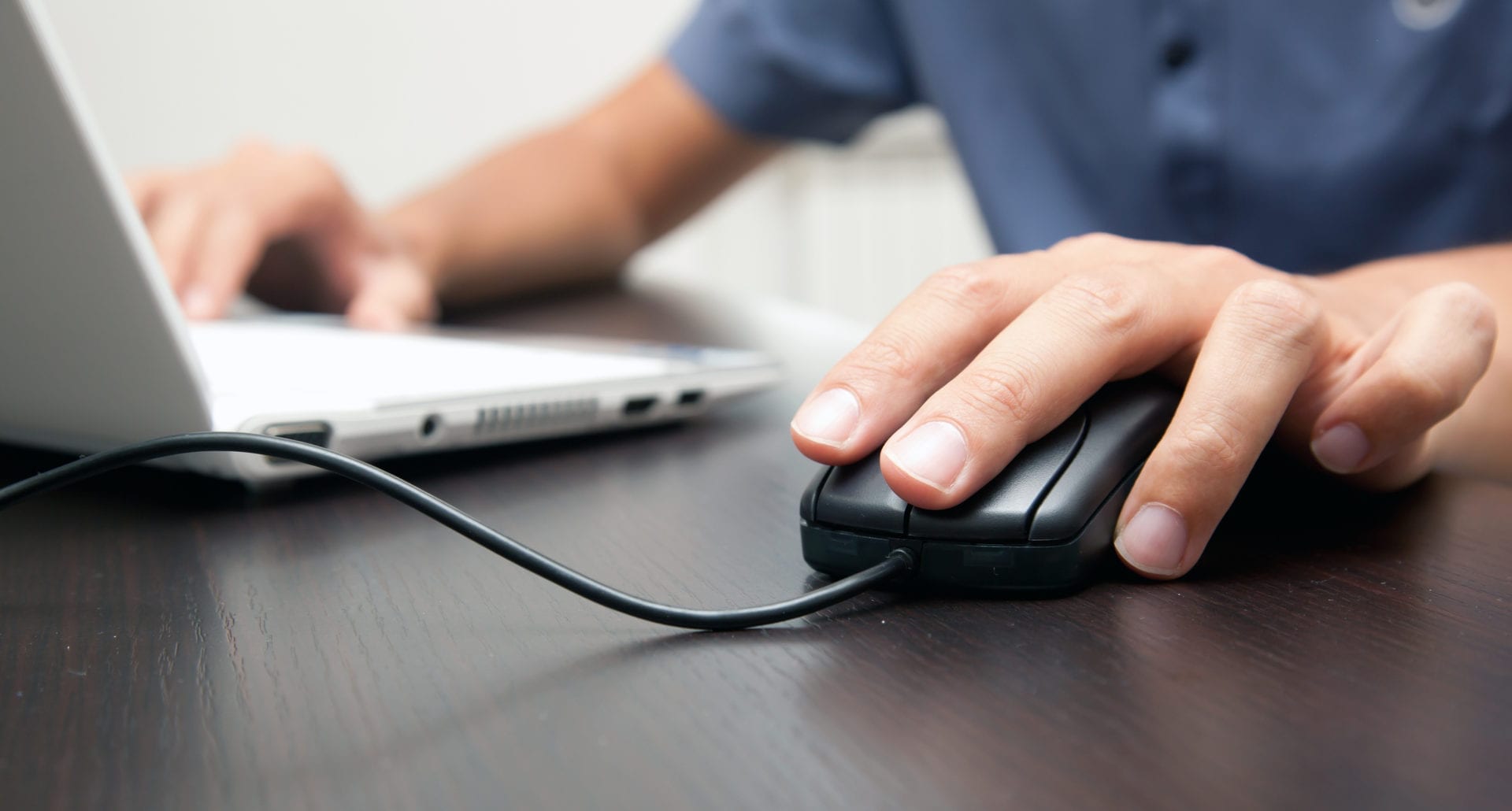As an online educator, sometimes creating a screencast for your class can be extremely beneficial. There are three primary uses for screencasts:
- Demonstrating the use of a computer software
- Walking your student through a PowerPoint presentation
- Displaying a slideshow
We have selected 5 best practices to achieve a high-quality screencast for your online course.
- Keep the recording uniform throughout; this will make it easier for your student to follow and simpler for you to edit. For example, decide ahead of time if you are going to choose to highlight your cursor or record with a caption or system stamp.
- Be sure to clean up your desktop screen; the vast majority of applications used to capture your screen picks up everything on your desktop (don’t forget to turn on your pop-up blocker if there aren’t meant to be any in your lesson). Plus, a cluttered desktop can be distracting for your students.
- Move your mouse in a slow motion so it doesn’t seem too fast, or jerky. When you move your mouse slowly it creates a nice, fluid movement that is easy to follow.
- With a longer recording, it is best to have a script prepared. A script can act as a guide and help you to avoid using any annoying “ah’s” and “um’s”.
- Sometimes it is easier to record each step individually and use transitions to tie the clips together. Separate sections also make it easier to edit when necessary.
Remember, practice makes perfect; the more you do it, the better you will get at it. What tips do you have for recording a screencast?

